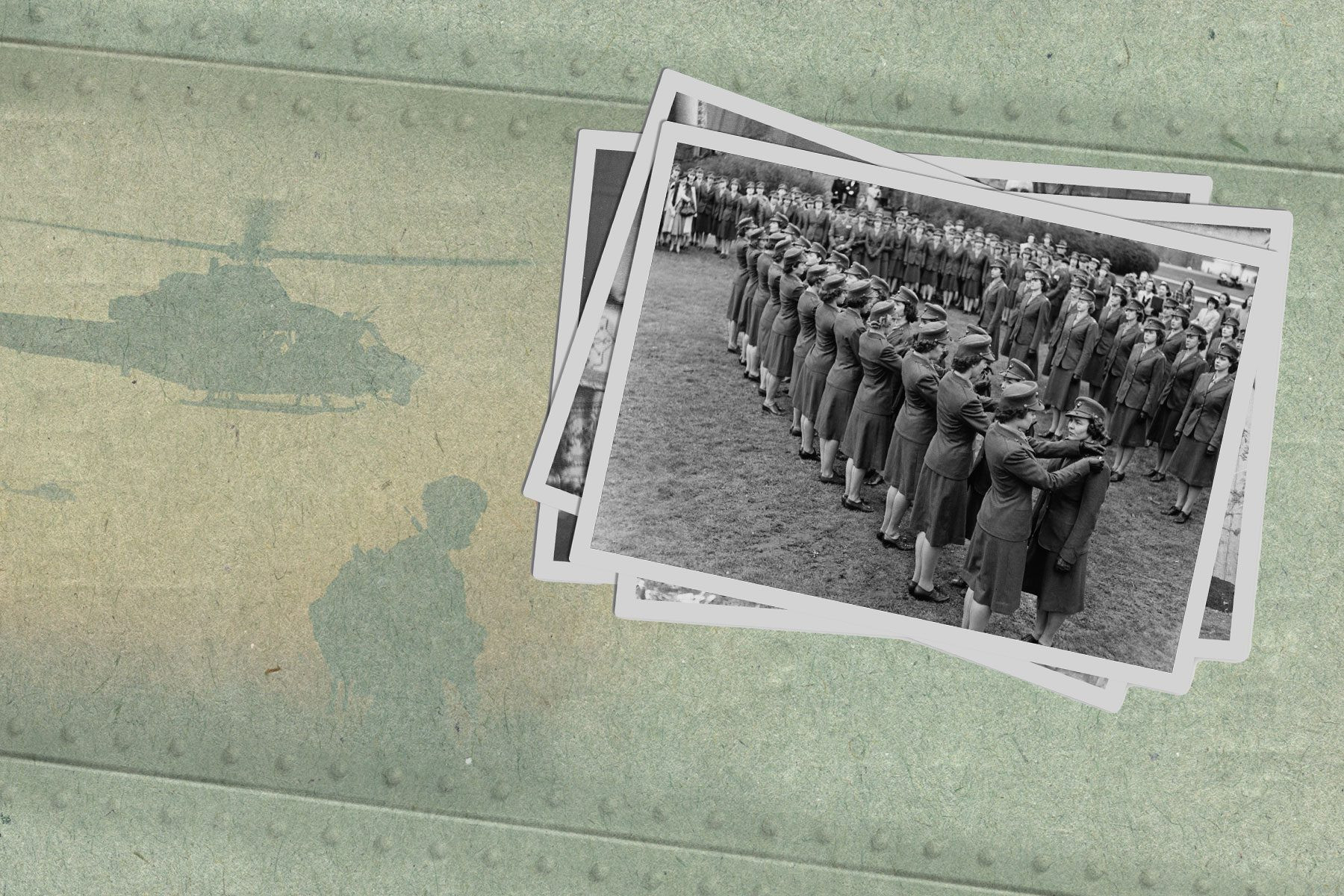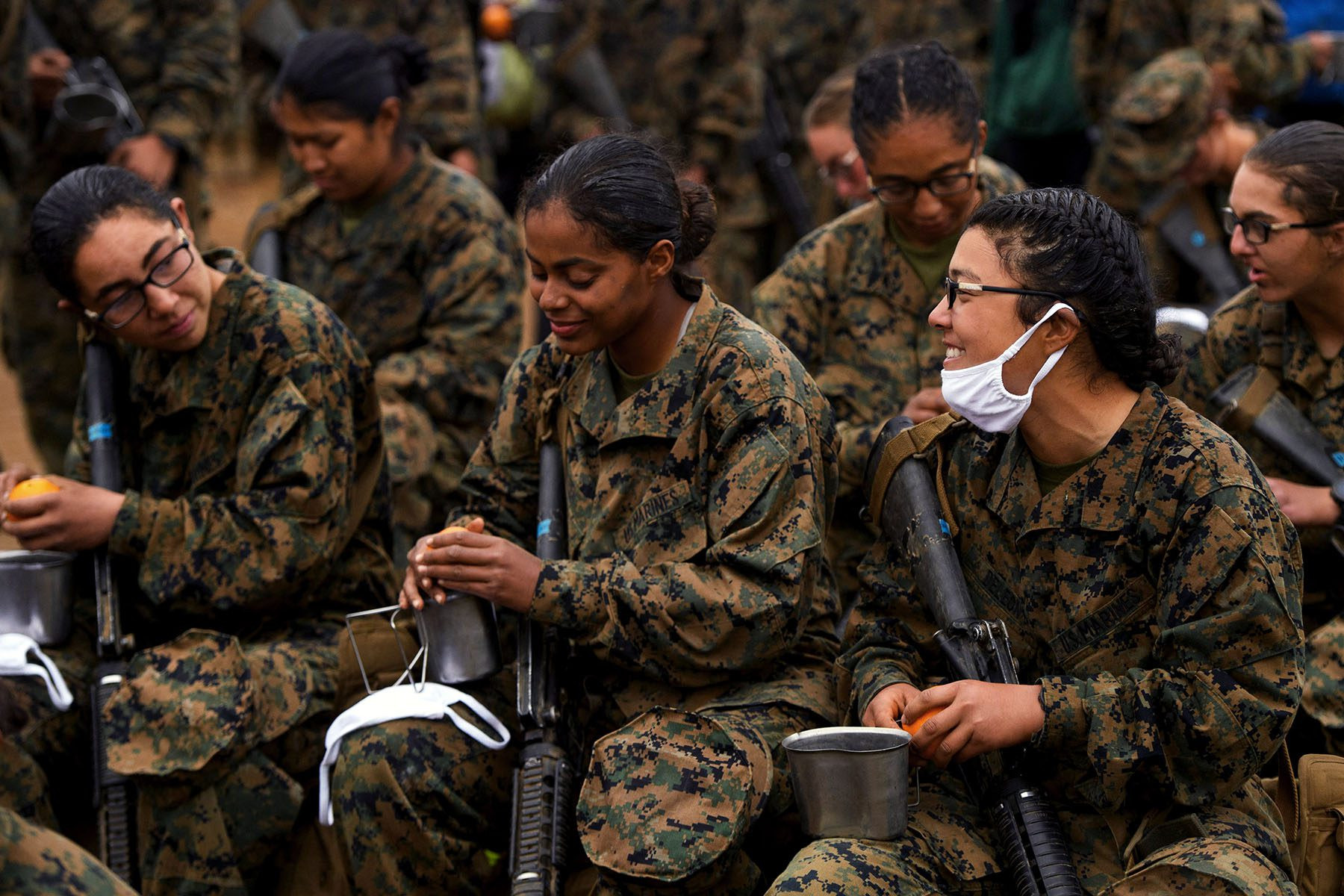In early 1917, Loretta Walsh, a 20-year-old woman, broke barriers by enlisting in the Navy. Donning a modified men’s uniform, she became the first woman to officially join the United States Armed Forces. By the time the U.S. entered World War I in April of that year, the ranks had swelled to 200 women. These pioneering women, and the thousands who followed, often found themselves in uniforms primarily designed for men or body types that didn’t reflect their own. Initially restricted to noncombat roles, women served as vital support staff – clerical workers, telephone and radio operators, and translators.
Over a century later, the landscape has dramatically shifted. The 1948 Women’s Armed Services Integration Act granted women the right to serve as full military members. This landmark legislation was followed nearly 70 years later by the military’s decision in 2015 to open all combat roles to women. Today, women constitute the fastest-growing demographic in the military, and with this growth comes a necessary evolution: the modernization of military uniforms to better meet the diverse needs of today’s Armed Forces.
The past decade has witnessed a significant wave of changes in Women Military Uniform design. Experts and historians agree these changes are not merely cosmetic; they reflect a deeper, ongoing effort to foster gender equity within the military. From the Air Force developing specialized maternity flight suits to address safety concerns for pregnant airmen, to the Navy undertaking comprehensive body measurement studies to create better-fitting uniforms, the focus is shifting towards functionality and inclusivity. Most recently, the Army’s DEVCOM Soldier Center unveiled groundbreaking designs for a tactical bra, specifically engineered for the rigors of combat.
 A photo collage showing a stock of vintage photos of women
A photo collage showing a stock of vintage photos of women
From Function to Fashion and Back: A Historical Look at Women’s Uniforms
Historically, military uniforms for women have undergone a complex evolution, often mirroring societal perceptions of women’s roles. For much of the 20th century, the design and issuance of female military uniforms were heavily influenced by ideas of femininity and the prevailing image of the “ideal” American woman.
Following the initial repurposing of men’s uniforms for women during World War I, the U.S. military transitioned towards more explicitly feminine designs as women’s participation grew during World War II. This shift, however, was not solely driven by functionality. Amidst a slander campaign in the 1940s questioning the femininity and sexuality of women in service, the government responded by issuing uniforms designed to project an image of wholesome American femininity. These uniforms, complete with wool skirts, jackets, caps, and even handbags, aimed to reassure the public that servicewomen were “good, wholesome girls.” Fashion designers were consulted, and emphasis was placed on appearance, sometimes even at the expense of practicality. Servicewomen were encouraged to adhere to diet and shapewear standards to enhance the desired image.
Tanya Roth, a historian specializing in women in the military, notes that the emphasis was consistently on aesthetics: “The emphasis was always on: How did women look? … It was really more about making them look good — it sometimes feels to me like it was more like dressing a Barbie doll.”
This focus on appearance began to be challenged during the Vietnam War. Women in the Women’s Army Corps stationed in Vietnam, many of whom were nurses, voiced concerns about the impracticality of their uniforms in tropical environments. Sweat stains and dirt became readily apparent on uniforms designed for visual appeal rather than functionality. These women questioned the priority: appearance or effective performance of their duties?
Roth highlights this period as a turning point, stating, “So they start raising that question: ‘Do you want us to look good or do you want us to do our work?’ What does it mean to have a practical, functional uniform? It’s still something that has taken the military another 50-plus years to address.”
Modern Military Uniforms for Women: Prioritizing Functionality and Equity
The recent advancements in women military uniforms signal a significant departure from the historical emphasis on aesthetics. The focus has shifted firmly towards functionality, comfort, and, crucially, gender equity. The development of the tactical bra by DEVCOM is a prime example of this change.
Ashley Cushon, a clothing designer at DEVCOM, emphasized the necessity of this innovation: “The goal is not only accommodate soldiers that are doing field training exercises, but also those operating in combat environments where there could be potential exposure to different threats.” These concept designs prioritize customization, offering varying levels of compression and support, and include flame-resistant materials throughout.
Cushon further explained the practical need for such specialized garments: “Females in general have become all too familiar with experiencing adverse effects related to the continued wear of an ill-fitting bra… We are utilizing a combination of size, style and military-appropriate design elements for the individual soldier’s body type and activity level that can help to mitigate distractions related to ill-fit or discomfort that could compromise their focus — ultimately enhancing their readiness level while active.”
 Female U.S. Marines eat oranges and speak to each other. They are wearing fatigues and holding rifles.
Female U.S. Marines eat oranges and speak to each other. They are wearing fatigues and holding rifles.
Similarly, the Air Force’s development of maternity flight suits addresses a critical safety issue. A study revealed that pregnant airwomen were resorting to wearing larger, ill-fitting flight suits, creating potential hazards. These new maternity flight suits are designed to accommodate the changing needs of pregnant service members, ensuring both safety and comfort. The Navy’s comprehensive measurement project, involving hundreds of female sailors, underscores a commitment to creating uniforms genuinely tailored to women’s bodies.
Another significant change is the Army’s decision to make pants the standard issue uniform item for women, based on feedback from an all-women uniform board. While skirts remain available, pants, designed specifically for women’s bodies, are now the default, highlighting a move towards practicality and comfort in daily wear.
The Broader Impact: Gender Equity and Representation
These changes in military uniforms for women are not isolated incidents. They are part of a larger movement towards gender equity within the military. Experts argue that these seemingly incremental changes have a profound impact on the experiences of women service members.
Kara Dixon Vuic, a scholar on gender and the U.S. military, emphasizes the cumulative effect of these improvements: “Broadly, all of this is indicative of the military’s paying attention to gender-specific needs in an overall effort to more fully integrate women… It’s almost like death by 1,000 paper cuts for women in the military: You’re paying more for your uniform, you have to go buy the things you need off-post, you can’t wear your hair the way you need.”
Suzanne Chod, a political science professor, points to the role of female legislators in driving these changes: “I think the first thing to note is that these initiatives were proposed by female legislators. This is one more example of why representation matters. Women’s perspectives, especially across different social identities, are critical to create more equitable policies.”
Legislative efforts, such as the elimination of the “pink tax” on military uniforms, further demonstrate a commitment to addressing gender-based disparities in military expenses. Senator Maggie Hassan, a co-sponsor of the legislation, articulated the importance of fairness: “I am encouraged to see the Defense Department build on these efforts, and I will continue to work on bipartisan efforts to address gender disparities in the military and support all of our men and women in uniform.”
Conclusion: Progress and the Path Forward
The evolution of women military uniform design reflects a significant journey – from adapting men’s wear, to prioritizing feminine aesthetics, and finally, to embracing functionality and equity. While progress has been made, the ongoing dialogue and continued innovations are crucial. As more women serve in diverse roles within the military, the demand for uniforms that meet their specific needs will only intensify. The recent changes, from tactical bras to maternity flight suits, represent meaningful steps towards creating a more inclusive and equitable military environment, one stitch at a time. The focus is now firmly on ensuring that female military uniforms empower women service members to perform their duties effectively and comfortably, feeling valued and fully integrated members of the Armed Forces.
